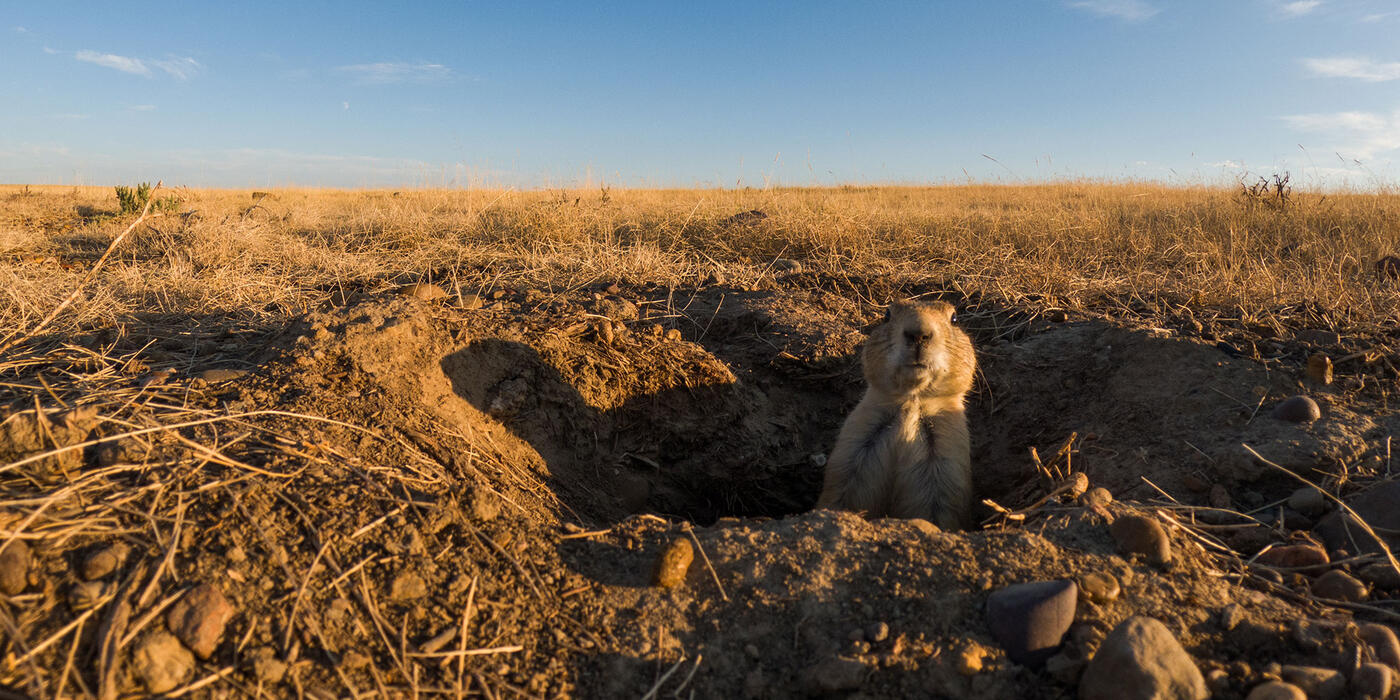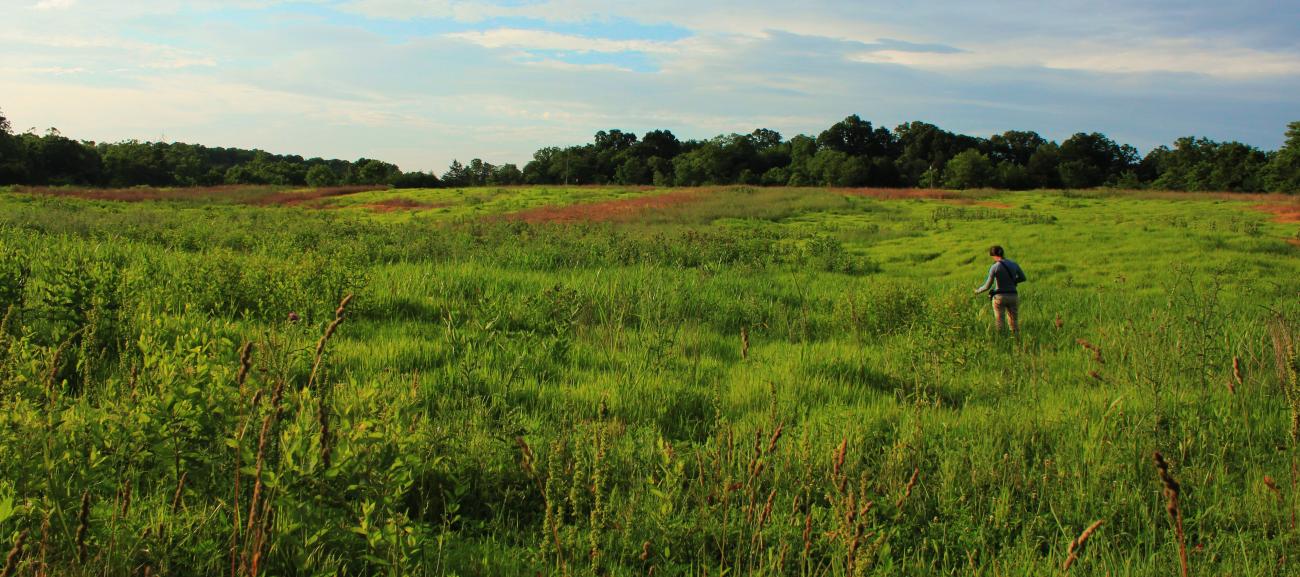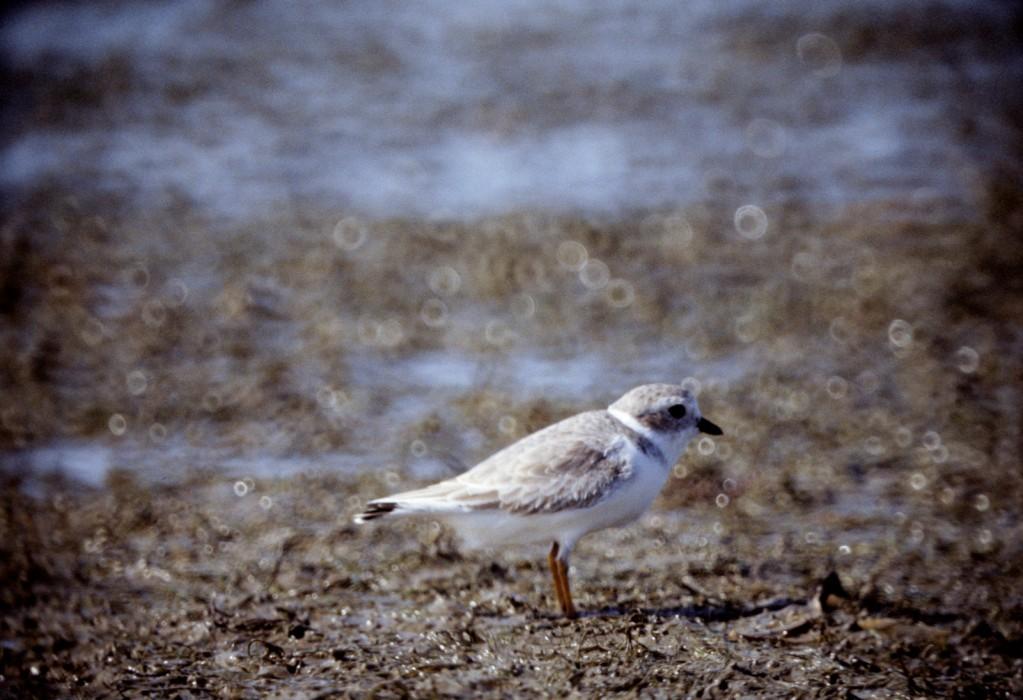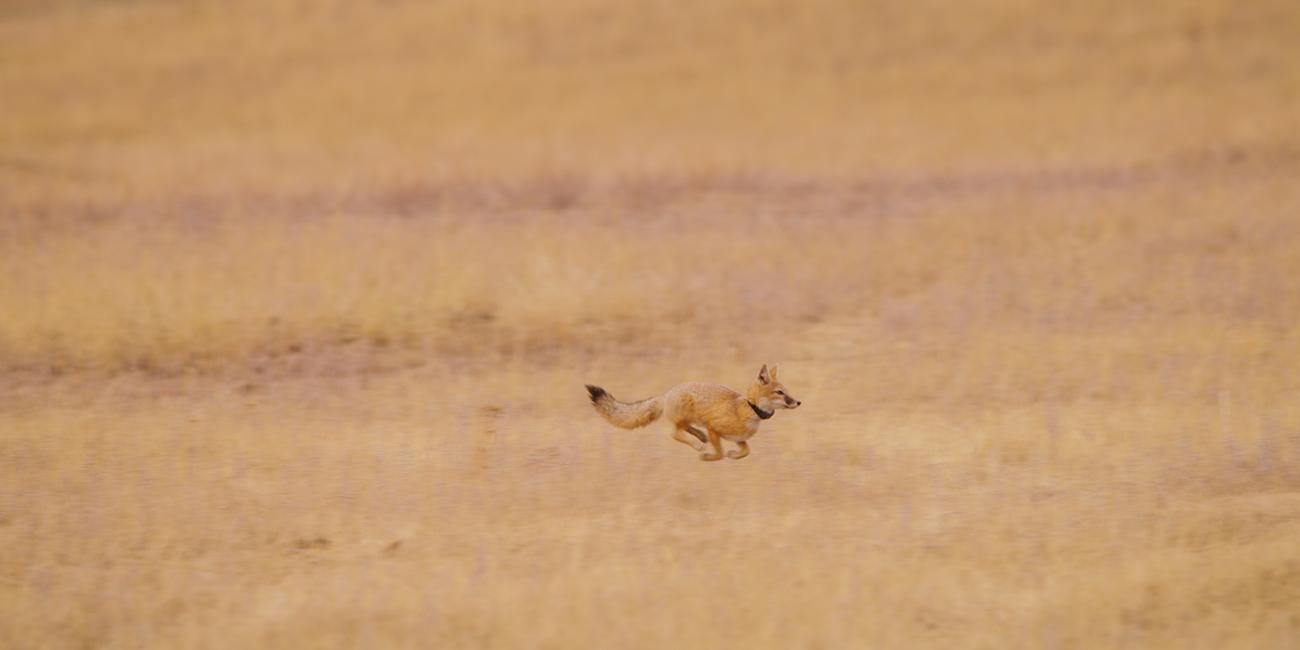Understanding the Effects of Plague Treatment for Prairie Dogs
The black-tailed prairie dog is a keystone species and is essential in preserving grassland biodiversity. As ecosystem engineers, prairie dogs create disturbance in grasslands through their foraging and digging behavior which creates the conditions for unique plant and animal communities. They are a source of prey to many predators, and their burrows provide a source of shelter for other animals.
Despite their crucial role in grassland ecosystems, prairie dogs now occupy only 2% of their historic range due to habitat loss, human persecution, and the sylvatic plague, a flea-borne disease caused by the bacterium Yersinia pestis.
In order to conserve prairie dogs and their habitat, land managers treat for plague using insecticides that target the fleas. Understanding the impacts of different insecticide treatments for plague on the ecology of prairie dogs and their ecosystem is important to optimizing these treatment methods. In collaboration with Swansea University, Fort Belknap Indian Community, American Prairie, Montana State University, and other partners, we are conducting research to answer important questions about plague treatment methods.
Movement and Behavioral Ecology
Studying prairie dog movement and behavior is challenging because they spend much of their time underground. Using new wildlife tracking technologies, we are studying how plague treatment influences the structure of prairie dog burrows, and their behaviors above and below ground. We hypothesize that prairie dogs on treated sites may move and behave differently than those at sites that are not treated to reduce fleas.
Gut microbiome
The gut microbiome plays a vital role in wildlife health by supporting digestion, the immune system, behavior, nutrition, and disease resistance. We collect and analyze fecal samples from prairie dogs to study how insecticides may influence their gut microbiome. Insecticides might disrupt microbial balance or kill beneficial bacteria. These changes could affect prairie dog health and their immune response.
Stress hormone response
We are studying the stress hormone response in black-tailed prairie dogs to understand how environmental pressures, such as fleas and plague, impact how their bodies function. By measuring hormone levels like cortisol and corticosterone, we can evaluate the effects of stress on behavior, reproduction, and survival.
Non-target species
Treating for plague is critical to maintaining stable prairie dog populations, which influence vegetation through their grazing and burrowing behaviors. However, how insecticides used to control fleas on prairie dogs impact non-target insect species is unclear. We study how various plague treatment methods may influence non-target species like pollinators and decomposers and subsequently impact plant diversity and the quality of forage. We are especially interested in the effect that preventative treatment for plague has on plant diversity and cover, dung beetles, and pollinators.
Prairie Dog Diet
There has been little research on the impact of insecticides used to reduce plague risk on plant communities. We are researching whether preventative treatment for plague changes the availability of plants on prairie dog colonies, and which types of plants prairie dogs choose to eat on treated and untreated colonies.
This important research will be vital to understanding the full extent of the effects of plague treatment methods for prairie dogs on these keystone species and the associated habitat.












